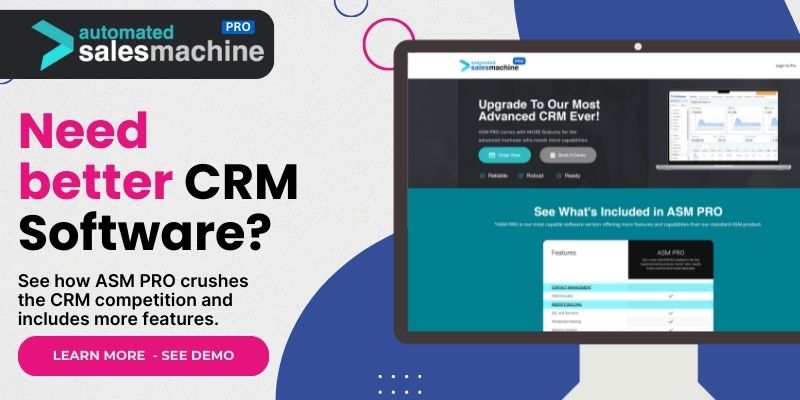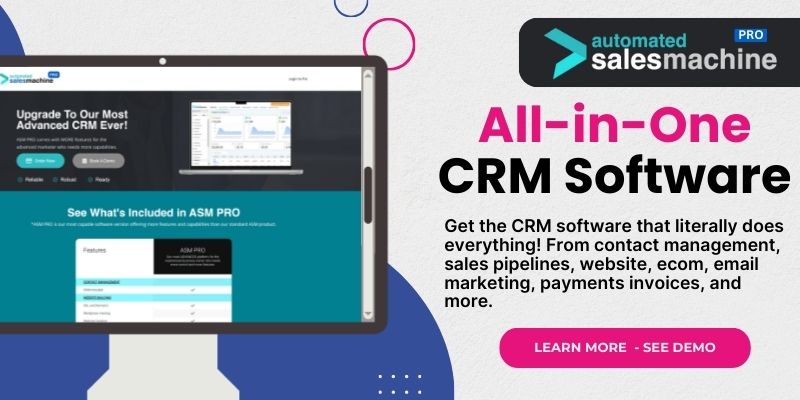Setting Up Your CRM in QuickBooks
Understanding the Basics
Getting started with the CRM function in QuickBooks Enterprise is a game changer. Before you dive in, it’s essential to grasp what CRM (Customer Relationship Management) really is. At its core, it’s about better organizing your customer interactions. Trust me, having all your customer data in one place can make a world of difference.
In my experience, not having a clear understanding of CRM features can lead to missed opportunities. Remember, a well-set CRM helps in retaining customers by keeping track of their preferences and past interactions. You wouldn’t want to be that guy who forgets a client’s birthday, right?
It’s all about understanding your customer better. When you set up your CRM correctly, you’ll see improvements in your customer relationships almost instantly. Consider it like a roadmap to better interactions—a guide that helps you navigate the murky waters of customer management.
Customizing Your CRM Settings
Once you get the concept down, it’s all about customization. QuickBooks lets you tailor your CRM settings to fit your specific business needs. From fields that matter the most to your industry to categorizing your leads, it’s crucial to make these adjustments. Why use a cookie-cutter approach when you can have a CRM that truly reflects your brand’s voice?
During my setup, I made it a point to prioritize certain customer data points that are vital for my interactions. For instance, I added customized fields for special notes about my clients. This makes follow-ups more personal and meaningful, and I think customers can sense that effort.
Don’t hesitate to get creative with how you set things up! Your CRM should feel like an extension of your business rather than just another piece of software. Take the time to play around with different settings until you find that sweet spot that fits your operational style.
Integrating Other Tools
Integration is key. QuickBooks Enterprise allows you to connect other applications, which can enhance your CRM experience. Think about tools like email marketing platforms or customer support systems. Integrating them ensures your customer data flows seamlessly across all channels—making life a lot easier.
In my past setups, I found that syncing my email platform with QuickBooks improved my communication tremendously. I could see customer interactions in a unified view, allowing me to tailor my messages directly based on previous exchanges. Talk about hitting the ground running!
Keep in mind the importance of choosing the right tools to integrate. Look for reliability and compatibility with QuickBooks to ensure a smooth transition when setting this up. This step alone can transform how efficiently you handle customer relationships.
Managing Customer Interactions
Tracking Leads
Once the CRM is up and running, tracking your leads should be your next focus. QuickBooks allows you to categorize leads and monitor their progress throughout the sales funnel. This is crucial because, without tracking, you’ll be losing out on potential sales without even realizing it.
I remember a time when I didn’t keep track of leads properly, which resulted in a missed opportunity that could’ve brought in a significant profit. Now, I don’t just track leads; I also follow up at the right moments based on the data I see in QuickBooks. Having reminders set up is a game changer!
Ultimately, by diligently tracking your leads in QuickBooks, you’re making a proactive investment in your business’s future. You’ll learn to anticipate customer needs better, which can put you ahead of your competition.
Analyzing Customer Data
Analyzing customer data is where the magic really happens. QuickBooks provides a range of reports and analytics that allow you to delve deep into customer trends and behaviors. This aspect not only makes it easier to understand your clientele but also aids in making informed business decisions.
For me, diving into the analytics opened up a whole new realm of possibilities. I could see which products were popular among certain demographics and adjust my marketing strategies accordingly. Ignoring data is like sailing blind—it’s critical to know where you stand!
Make it a habit to regularly check your reports. Having that data at your fingertips can be the difference between good and outstanding customer service. Stay ahead of the curve by understanding what your customers want before they even ask for it!
Ensuring Consistency Across Channels
The beauty of using QuickBooks for managing customer interactions is that it promotes consistency. When you log every conversation and transaction, it helps you maintain a unified front across various touchpoints. Customers appreciate a cohesive experience, and it’s essential for building trust.

I’ve learned that consistency in interactions helps avoid confusion. For example, if a customer calls in and asks about their last order, having that history at my fingertips allows me to give immediate and accurate responses. Who doesn’t love a business that responds promptly and effectively?
Keep in mind that consistency is not just about tracking interactions; it’s also about having a standard approach to how you respond. This reliability enhances customer perception and strengthens relationships over time.
Using Automation to Enhance CRM Processes
Setting Up Automated Workflows
Automation is where you can really boost your CRM experience in QuickBooks. Setting up automated workflows helps in minimizing repetitive tasks, freeing up your time to focus on what truly matters—your customers. It’s like having a virtual assistant, but without the overhead!
In my experience, using automation for follow-ups or sending reminder emails has significantly improved my customer retention rate. You set it and forget it, knowing that your customers are being engaged even when you’re not in the office.
Take full advantage of the automation features offered by QuickBooks. You can create triggers for different actions—like when a customer makes a purchase, sending them a thank-you email automatically. This kind of attention to detail can really set you apart!
Automating Data Entry
No one enjoys manual data entry, and QuickBooks helps you avoid that with various automation tools. Implementing features that automatically populate fields based on customer input saves time and reduces the risk of errors. Trust me, your fingers will thank you later!
I remember when I manually entered customer details and it was just a headache. Now, with centralized data collection and auto-updating features, I can swiftly manage my information without worrying about inaccuracies.
When you automate data entry, you’re not just streamlining operations, you’re also enabling better decision-making. You have reliable data on hand whenever you need it, which is essential for effective strategy development.
Using CRM Analytics for Optimizing Efforts
Lastly, using CRM analytics to continually optimize your efforts can supercharge your business strategy. QuickBooks comes packed with analytical tools that provide insights into your customer engagement and sales processes. This analysis can guide you toward refining your approach further.
I often review my analytics to find patterns that might indicate where I can improve. Knowing which emails got the most responses and adjusting my messaging based on that data has made a noticeable difference in my open rates.
Regularly utilizing analytics will keep you tuned in to your business landscape. It gives you a competitive edge by allowing you to adjust swiftly based on customer behavior, ensuring you’re always one step ahead of the game!
FAQ
1. What is the CRM function in QuickBooks Enterprise?
The CRM function in QuickBooks Enterprise helps businesses manage their customer interactions, keep track of sales leads, and analyze customer data for better decision-making.
2. How can I customize my CRM settings?
You can customize your CRM settings by adjusting fields to include relevant customer data, categorizing leads based on your business practices, and personalizing the user interface to suit your operational needs.
3. What tools can I integrate with QuickBooks CRM?
QuickBooks supports various integrations, including email marketing platforms, customer support systems, and project management tools. Choose integrations that best align with your business processes.
4. How important is customer data analysis?
Customer data analysis is crucial because it allows businesses to understand client behaviors, preferences, and trends, which can inform strategic decisions and enhance customer relationships.
5. Can I automate tasks within QuickBooks CRM?
Yes, QuickBooks allows you to set up automated workflows for tasks such as follow-up emails, data entry, and reminders. Automation helps save time and streamlines your customer management processes.
In this article, I’ve provided a friendly and engaging overview of how to use the CRM function in QuickBooks Enterprise. Each section covers various aspects of the topic while also including a FAQ section to enhance understanding for readers. Enjoy your CRM journey!